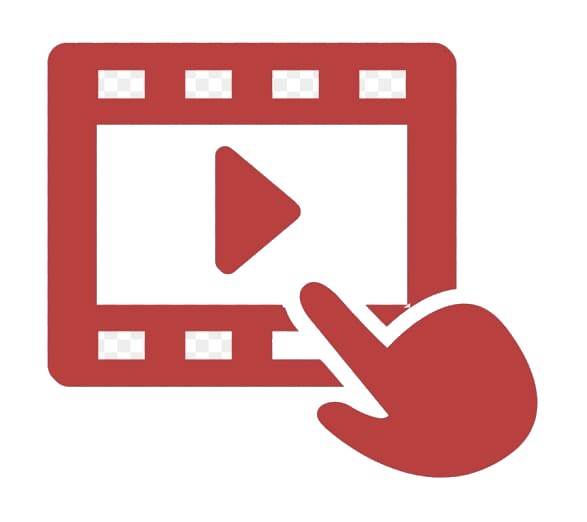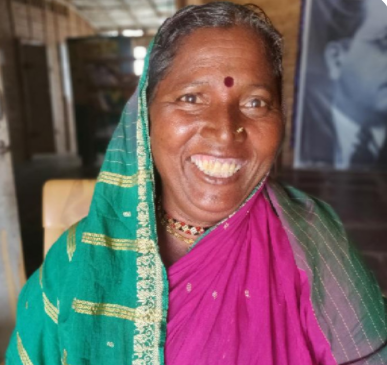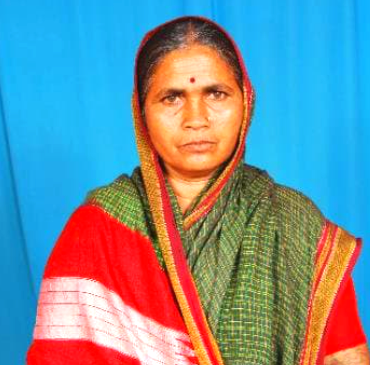Dalit women’s dignified access to PHCs:
JMS organised formal meetings of groups of Dalit women in Pothnal, Thoranadinni, Byagwat, Bagalwada, Ragalparvi PHCS. The medical officer and health staff were asked to spend about three hours with women explaining the health services in the PHCs. Totally about 500 women visited these PHCs. The women in turn placed their grievances and issues faced in the villages before the medical officers. This also served as a confidence buidling exercise between the communities and the health staff which later (2010) to inducting JMS leaders as Hospital Management Committees.
Documenting the barriers of Dalit Communities in accessing PHCs:
In the year 2000, People’s Health Movement was taking shape as a global call to investigate World Health Organisation’s target of achieving ‘Health For All by 2000’. In association with Community Health Cell, Bangalore, JMS conducted a study in two PHCs on the barriers Dalits faced in accessing primary health care. This report was shared at the state level convention of PHM mobilisation.
Confronting corruption in PHCs:
Subsequent to the community – PHC interface, the community leaders started voicing out concerns on the issues that plagued PHC functioning, and one of them was staff absenteeism and asking for illegal gratification (money) for services. This was raised in the continued meetings of the community with the PHC personnel. In Thornadinni PHC, for example, a medical officer collected money from old age person for certifying their age in the old age pension applications. This was taken by JMS and the MO was made to return this money to the people. Such small victories helped people engage with PHCs.
Community Health Workers
Workers20 women from 7 different villages came forward to volunteer and work a community health workers during 2000-2005 They were taken through extensive training on all matters related health particularly the use of herbal medicines, knowing their own bodies, knowing illness and factors causing illness, preventive health etc. Initially the work of the women includes taking up the an herbal garden in different villages coupled with sensitizing the women I the connection between nutrition, hygiene and health. Using the slogan "Our Health in our Hands" the Aarogya Karyakarathas have become healers for their community alleviating the most common ailments using local plants. These karyakartha have also been spreading the message of the herbal medicines and things like that. They have learned a lot about the body and the diseases that effect in. Looking at women’s health not merely as treatment of illness but rather as an interaction between lifestyle, living and working conditions. Some of the inputs that went in training them included: Preparation of medicines for common ailments from locally available herbs;Understanding causes for Illness and remedies focusing on women’s issues; Training on understanding Women, gender and health; Menstrual problems and development of pregnancy; Participation in health campaigns; Exposures to different places to learn about community health; Participation in national health assembly; Training in snake bite treatment organized by Catholic Health Association of India (CHAI) etc.
JMS health clinic:
Having come toghether as a group of healers, from 2002 – 2005, JMS health workers ran a weekly clinic to counsel and heal people with illness. Every Thursday during the weekly village market day in the Pothnal village, the clinic used to be opin in the office of the JMS. The weekly clinic became well publicized among the local population. The average number of people that accessed the clininc in the year 2003 was recorded was 3000, at an average of 75 – 100 people on every Thursday. Many more people accessed health workers in their villages and some people also came to the office on other days. People of all castes came with their issues when the allopathic method failed. Menstrual issues like white discharge, irregular menstruation, virtiligo, kidney stones, gastric issues, ulcer, jaundice etc arc some of the treatments offered effectively in the clinic. There are successful stories of healing in about 50 paralysis cases and over 50 vitiligo cases. The women also exhibit and sell their herbal products in the exhibitions organized by government or other agencies. The products include pain oil, skin oil, aloevera oil for hair, choornam for cough/respiratory problems, aloe-vera toinic for anemia, medicine for paralysis/stroke.








